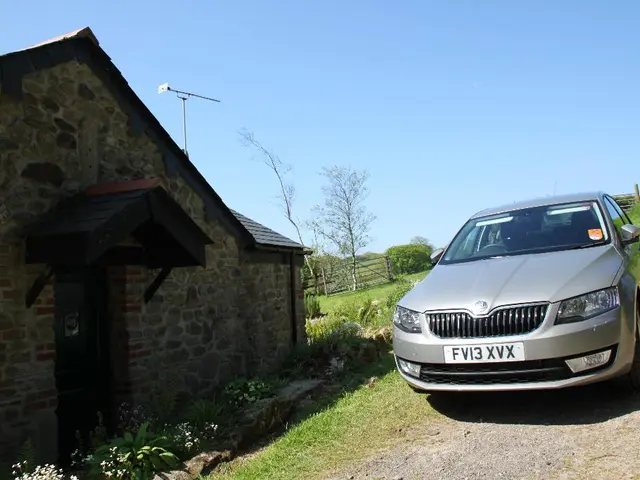Energy consumption in the EU reaches an all-time low due to enhancements in efficiency and a surge in renewable energy sources.
The European Union witnessed a 4.1% decrease in its gross available energy in 2023, marking a record low and a testament to the continent's increased efficiency in energy consumption. This decline, equivalent to approximately 380 million barrels of oil, was driven by a combination of factors including long-standing efficiency policies, milder winters, and additional conservation efforts prompted by the spike in fossil fuel prices due to geopolitical tensions.
Eurostat's data reveals that the EU remains heavily reliant on fossil fuels, which account for 67% of its energy, but renewable energy sources are rapidly gaining ground. Renewables now account for 19.5% of the EU's total energy supply, a 31% increase since 2013 and just one percentage point below natural gas.
In the vanguard of the green transition are Nordic countries such as Sweden, Finland, and Denmark, where renewables account for 40-50% of their energy mix. Conversely, Poland and the Czech Republic continue to rely heavily on solid fuels, with these sources supplying nearly a third of their energy demand.
The EU produces only about 40% of the energy it consumes, with domestic primary production down nearly 20% since 2013. This leaves the EU highly dependent on energy imports, with Norway, the United States, Algeria, Qatar, and a reduced flow from Russia serving as primary sources of oil and gas.
Transportation remains the largest consumer of energy, accounting for 32% of demand, followed by households (26.3%) and industry (24.6%). Services and agriculture together account for 9.1% of consumption, with the remaining 8% directed toward non-energy purposes such as feedstocks and lubricants. The dominance of transport has grown over the past three decades, primarily due to the rise of vehicles on the road and a thriving aviation industry.
In response to these trends, the European Commission is spearheading new initiatives to centralize energy efficiency in economic and energy strategies, promoting investments in industrial energy-saving technologies and financing mechanisms. These efforts aim to further reduce energy consumption while facilitating the deployment of renewables and cleaner technologies.
Enrichment Data:- The shift in energy consumption patterns highlights the significant progress Europe is making toward a greener and more efficient energy landscape [1, 3].- The power sector has seen a historic fall in fossil fuel generation, with coal power now accounting for less than 10% of EU electricity generation, primarily concentrated in Germany (39%) and Poland (34%) [2].- Spain is a regional leader in renewable energy with ambitious goals, targeting nearly 27 GW of electrolyzer capacity by 2030, a strong indication of investments in green hydrogen and renewables [5].- Italy, despite reductions in emissions since 2005 (-35%), still relies heavily on gas and oil, which constitute 72% of its energy mix, and its recent growth in renewables has been modest [5].- The European Commission is supporting the reduction of overall energy consumption and emissions across all sectors through initiatives that promote renewables and cleaner technologies [4].
References:[1] Eurostat - Gross available energy[2] Ember, Agora Energiewende and Sandbag - Power sector coal phase-out tracker[3] Eurostat - Renewable energy statistics[4] European Commission - Energy Efficiency[5] International Renewable Energy Agency (IRENA) - Italy Prospects: Solar + Storage for Building Decarbonization
- The European Commission is prioritizing renewable energy as part of its strategy to reduce reliance on fossil fuels and promote a greener energy landscape, following the significant progress Europe has made in renewable energy and energy efficiency.
- Despite a declining trend in overall energy consumption in the European Union, transportation continues to be the largest consumer of energy, prompting the need for cleaner technologies and financing mechanisms to support industrial energy-saving technologies.
- In the face of increased climate change concerns, the finance sector plays a crucial role in supporting the transition to renewable energy, with investments in green hydrogen and renewables being a key focus in regions like Spain.








